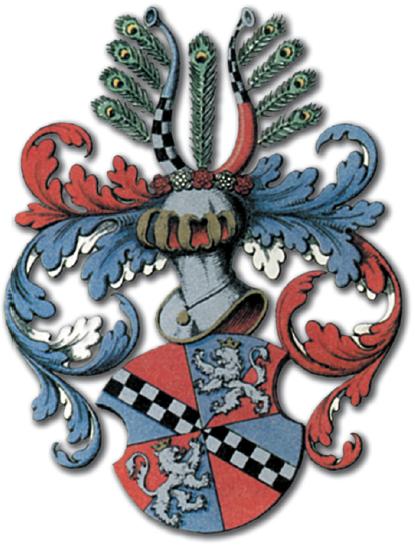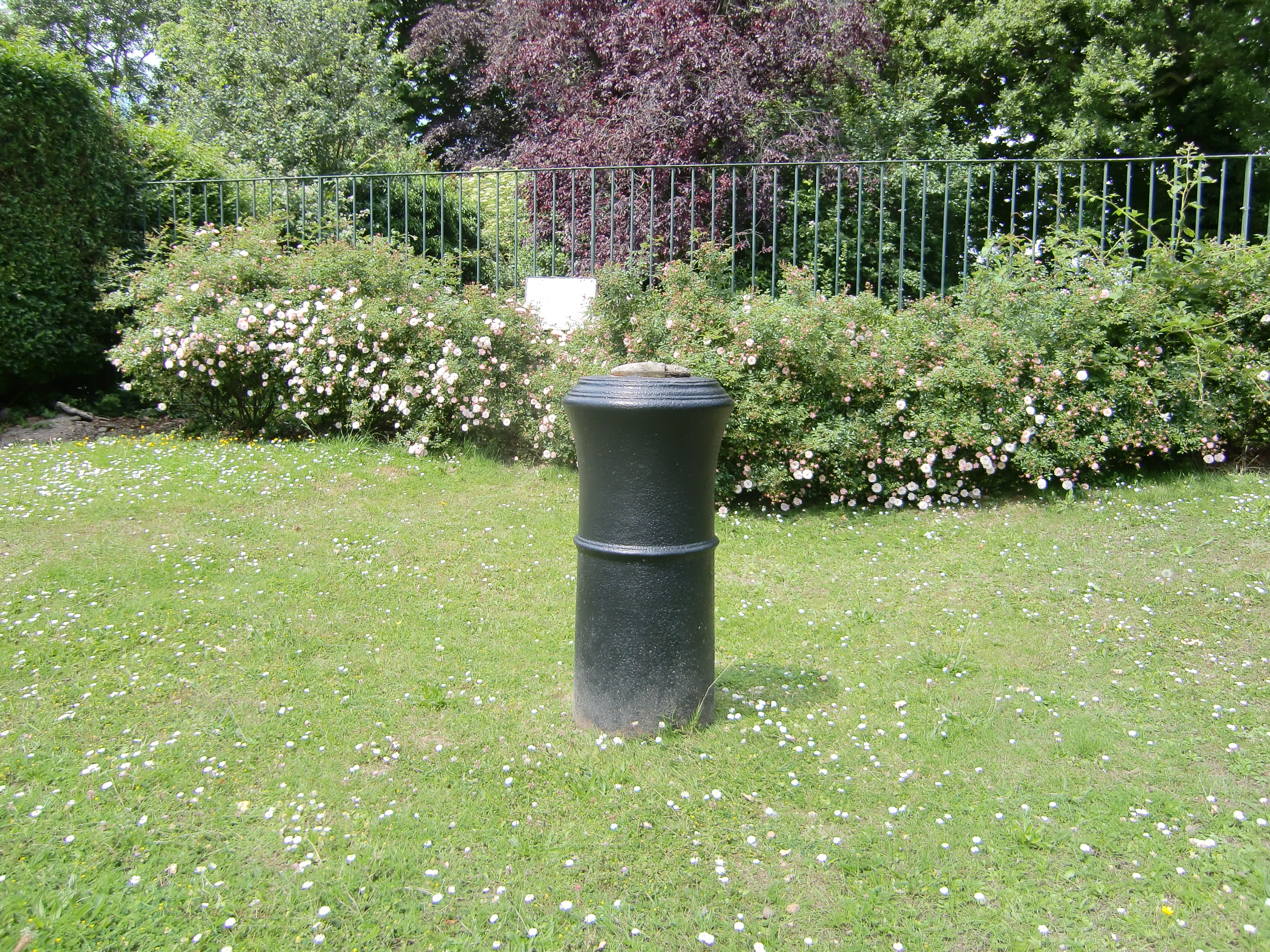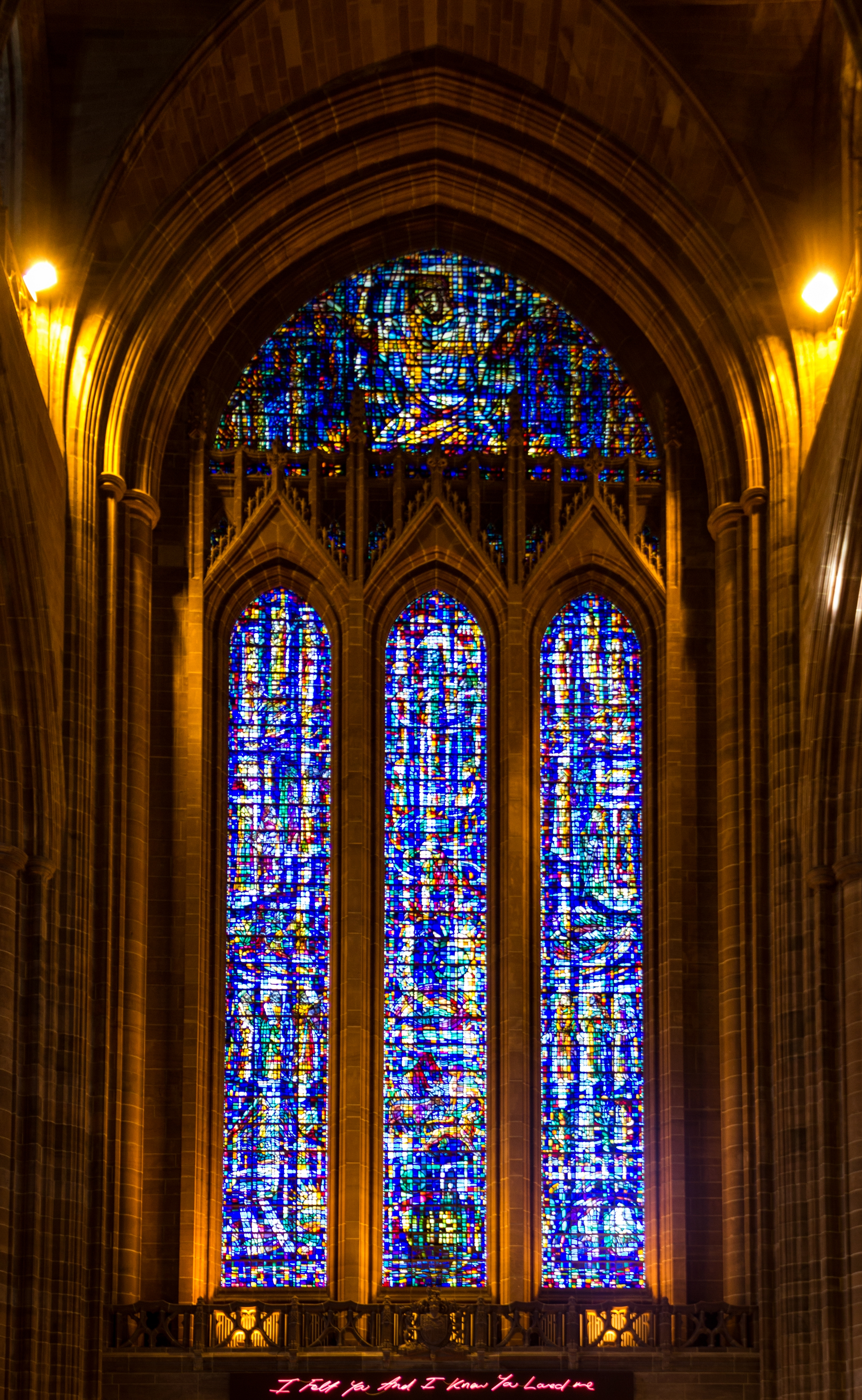|
The Glass House (Fulham)
The Glass House building was a "purpose-built stained-glass studio and workshop" for stained glass artists in Fulham, London. Having gone into partnership in 1897, Mary Lowndes and Alfred Drury had The Glass House built in 1906 for use by independent stained-glass artists.''The Glass House, Hammersmith and Fulham.'' British Listed Buildings. Retrieved 10 September 2012.''Mary Lowndes''. Sussex Parish Churches. Retrieved 10 September 2012. History Lowndes and Drury The Glass House was established at 9, 10, 11 and 12 Lettice Street in Fulham by |
Fulham
Fulham () is an area of the London Borough of Hammersmith & Fulham in West London, England, southwest of Charing Cross. It lies on the north bank of the River Thames, bordering Hammersmith, Kensington and Chelsea. The area faces Wandsworth, Putney, Barn Elms and the London Wetland Centre in Barnes. on the far side of the river. First recorded by name in 691, Fulham was a manor and ancient parish which originally included Hammersmith. Between 1900 and 1965, it was the Metropolitan Borough of Fulham, before its merger with the Metropolitan Borough of Hammersmith created the London Borough of Hammersmith and Fulham (known as the London Borough of Hammersmith from 1965 to 1979). The district is split between the western and south-western postal areas. Fulham has a history of industry and enterprise dating back to the 15th century, with pottery, tapestry-weaving, paper-making and brewing in the 17th and 18th centuries in present-day Fulham High Street, and later involvement in ... [...More Info...] [...Related Items...] OR: [Wikipedia] [Google] [Baidu] |
Henry Holiday
Henry Holiday (17 June 183915 April 1927) was a British historical genre and landscape painter, stained-glass designer, illustrator, and sculptor. He is part of the Pre-Raphaelite school of art. Life Early years and training Holiday was born in London. He showed an early aptitude for art and was given lessons by William Cave Thomas. He attended Leigh's art academy (where a fellow student was Frederick Walker) and in 1855, at the age of 15, was admitted to the Royal Academy Schools. Through his friendship with Albert Moore and Simeon Solomon he was introduced to the artists Dante Gabriel Rossetti, Edward Burne-Jones and William Morris of the Pre-Raphaelite Brotherhood. This movement was to be pivotal in his future artistic and political life. In the same year, 1855, Holiday made a journey to the Lake District. This was to be the first of many trips to the area, where he would often holiday for long periods of time. Whilst there, he spent much of his time sketching the view ... [...More Info...] [...Related Items...] OR: [Wikipedia] [Google] [Baidu] |
Hampton, Middlesex
Hampton is a suburban area on the north bank of the River Thames, in the London Borough of Richmond upon Thames, England, and historically in the County of Middlesex. which includes Hampton Court Palace. Hampton is served by two railway stations, including one immediately south of Hampton Court Bridge in East Molesey. Hampton adjoins Bushy Park on two sides and is west of Hampton Wick and Kingston upon Thames. There are long strips of public riverside in Hampton and the Hampton Heated Open Air Pool is one of the few such swimming pools in Greater London. The riverside, on the reach above Molesey Lock, has residential islands, a park named St Albans Riverside and grand or decorative buildings including Garrick's House and the Temple to Shakespeare; also on the river is the Astoria Houseboat recording studio. Hampton Ferry provides access across the Thames to the main park of Molesey and the Thames Path National Trail. The Thames Water Hampton Water Treatment Works covers a ... [...More Info...] [...Related Items...] OR: [Wikipedia] [Google] [Baidu] |
Carl Johannes Edwards
Carl Johannes Edwards (originally Kiviaho) (1914 – 1985) was an English stained glass designer. He trained at Whitefriars Glass, taking over as its chief designer following the death of James Hogan. He later established his own studio, first at the Apothecaries Hall, then at Fulham Glass House. Edwards' designs were mainly for church windows, in particular for Liverpool Cathedral. Biography Carl Edwards was born in Marylebone, London, to Finnish parents. He joined Whitefriars Glass at the age of 14 to work in the office, and in the evenings studied architecture at Regent Street Polytechnic. Although he was a fine pianist with aspirations to make this his career, he decided instead to train as assistant to James Hogan, the chief designer at Whitefriars. In the Second World War he enlisted with the Royal Engineers, and changed his name to Edwards. After the war he returned to Whitefriars, becoming its chief designer after the death of Hogan. In 1952 Edwards went into partners ... [...More Info...] [...Related Items...] OR: [Wikipedia] [Google] [Baidu] |
The Glass House, Fulham 04
''The'' () is a grammatical article in English, denoting persons or things already mentioned, under discussion, implied or otherwise presumed familiar to listeners, readers, or speakers. It is the definite article in English. ''The'' is the most frequently used word in the English language; studies and analyses of texts have found it to account for seven percent of all printed English-language words. It is derived from gendered articles in Old English which combined in Middle English and now has a single form used with pronouns of any gender. The word can be used with both singular and plural nouns, and with a noun that starts with any letter. This is different from many other languages, which have different forms of the definite article for different genders or numbers. Pronunciation In most dialects, "the" is pronounced as (with the voiced dental fricative followed by a schwa) when followed by a consonant sound, and as (homophone of pronoun ''thee'') when followed by a v ... [...More Info...] [...Related Items...] OR: [Wikipedia] [Google] [Baidu] |
Limited Company
In a limited company, the liability of members or subscribers of the company is limited to what they have invested or guaranteed to the company. Limited companies may be limited by Share (finance), shares or by guarantee. In a company limited by shares, the liability of members is limited to the unpaid value of shares. In a company limited by guarantee, the liability of owners is limited to such amount as the owners may undertake to contribute to the assets of the company, in the event of being wound up. The former may be further divided in public companies (public limited company, public limited companies) and private companies (private limited company, private limited companies). Who may become a member of a private limited company is restricted by law and by the company's rules. In contrast, anyone may buy shares in a public limited company. Limited companies can be found in most countries, although the detailed rules governing them vary widely. It is also common for a distinct ... [...More Info...] [...Related Items...] OR: [Wikipedia] [Google] [Baidu] |
Martin Travers
Howard Martin Otho Travers (19 February 1886 – 25 July 1948) was an English church artist and designer. Travers was born in Margate, Kent, educated at Tonbridge School, entered the Royal College of Art in 1904, and was awarded its Diploma in Architecture in 1908. At the RCA his teachers included Edward Johnston (calligraphy), William Lethaby (design), Arthur Beresford Pite (architecture), and Christopher Whall (stained glass). He worked for a time as an assistant to Ninian Comper. Martin Travers was one of the most influential British stained glass artists of the twentieth century. From around 1918 until 1926 he rented a studio from Lowndes & Drury at the Glass House, Fulham. Lowndes & Drury continued to cut, fire, glaze and fix his windows after he established his own studio. Travers was awarded the Grand Prix for stained glass at the 1925 International Exposition of Modern Industrial and Decorative Arts in Paris (French: Exposition internationale des Arts décoratifs et indu ... [...More Info...] [...Related Items...] OR: [Wikipedia] [Google] [Baidu] |
Central School Of Arts And Crafts
The Central School of Art and Design was a public school of fine and applied arts in London, England. It offered foundation and degree level courses. It was established in 1896 by the London County Council as the Central School of Arts and Crafts. Central became part of the London Institute in 1986, and in 1989 merged with Saint Martin's School of Art to form Central Saint Martins College of Arts and Design. History The Central School of Arts and Crafts was established in 1896 by the London County Council. It grew directly from the Arts and Crafts movement of William Morris and John Ruskin. The first principal – from 1896 to 1900 as co-principal with George Frampton – was the architect William Richard Lethaby, from 1896 until 1912; a blue plaque in his memory was erected in 1957. He was succeeded in 1912 by Fred Burridge. The school was at first housed in Morley Hall, rented from the Regent Street Polytechnic. In 1908 it moved to purpose-built premises in Southampton ... [...More Info...] [...Related Items...] OR: [Wikipedia] [Google] [Baidu] |
Francis Spear
Francis Howard Spear (22 December 1902 in South Norwood, London – 7 November 1979) was an English stained glass artist and lithographer. He produced more than 300 stained glass windows in over 130 public locations, including six cathedrals. On leaving school in Battersea, Spear attended the London County Council Central School of Arts & Crafts, graduating in Industrial Design (with a specialisation in stained glass) in 1923. His graphic design talents were exemplified by three posters for London Tramways which he produced while at the Central School in 1923. He went on to win a National Scholarship to study at the Royal College of Art, gaining a Diploma from the Design School in 1926. In 1922, while still a student, he had become pupil-assistant to the leading English practitioner of stained glass, Martin Travers, and continued to assist him until the Second World War. In 1928, Spear became part-time Teacher of Lithography at the Royal College of Art (remaining until 1948), ... [...More Info...] [...Related Items...] OR: [Wikipedia] [Google] [Baidu] |
Theodora Salusbury
Theodora Salusbury (1875–1956) was an artist and craftswoman in the Arts & Crafts-style. After training with some of the best artists in the field, she worked as a stained glass artist at her studios in Cornwall and London. Salusbury's windows would be leaded up by Lowndes & Drury. Dating mostly from between the two World Wars, the windows were destined for nearly thirty churches in England and Wales, several of them in Leicestershire Leicestershire ( ; postal abbreviation Leics.) is a ceremonial and non-metropolitan county in the East Midlands, England. The county borders Nottinghamshire to the north, Lincolnshire to the north-east, Rutland to the east, Northamptonshire t ..., Salusbury's home county. The impact of Salusbury's windows comes through her use of colour and her representation of the figures she portrayed. Most of her work bears her signature, a peacock. Other sources * McWhirr, A. (1999). ''Century to millennium: St James the Greater, Leicester, 1899–1 ... [...More Info...] [...Related Items...] OR: [Wikipedia] [Google] [Baidu] |
Arild Rosenkrantz
Arild Rosenkrantz (9 April 1870 – 28 September 1964) was a Danish nobleman painter, sculptor, stained glass artist and illustrator.Charles Holme; Guy Eglinton; Peyton Boswell. (1907). The International studio'. Offices of the International Studio. p. 122. ited 13 September 2012''Arild Rosenkrantz Biography.'' Arild Rosenkrantz site. Retrieved 13 September 2012. Early life  Arild Rosenkrantz was born in 1870 to Baron Iver Holger Rosenkrantz, a diplomat, and Julia Louise Mackenzie, a
Arild Rosenkrantz was born in 1870 to Baron Iver Holger Rosenkrantz, a diplomat, and Julia Louise Mackenzie, a [...More Info...] [...Related Items...] OR: [Wikipedia] [Google] [Baidu] |
Margaret Agnes Rope
Margaret Agnes Rope (20 June 18826 December 1953) was a British stained glass artist in the Arts and Crafts movement tradition active in the first four decades of the 20th century. Her work is notable for the intensity and skill of the painting and the religious fervour underpinning it. She should not be confused with her cousin, Margaret Edith Rope (known professionally as M. E. Aldrich Rope), another British stained glass artist in the same tradition, active from 1910 until the mid-1960s, with whom she cooperated on some windows. Biography The two Margaret Ropes were first cousins, granddaughters of George Rope of Grove Farm, Blaxhall, Suffolk (1814-1912) and his wife Anne (née Pope) (1821-1882). The elder Margaret Rope, Margaret Agnes Rope, was the second child of Henry John Rope, M.D (1847-1899) and Agnes Maud (née Burd: 1857- 1948). "Marga" was her nickname. She was born on 20 June 1882 and christened Margaret Agnes at St Mary's Church, Shrewsbury on 7 July. Her elde ... [...More Info...] [...Related Items...] OR: [Wikipedia] [Google] [Baidu] |



.png)



